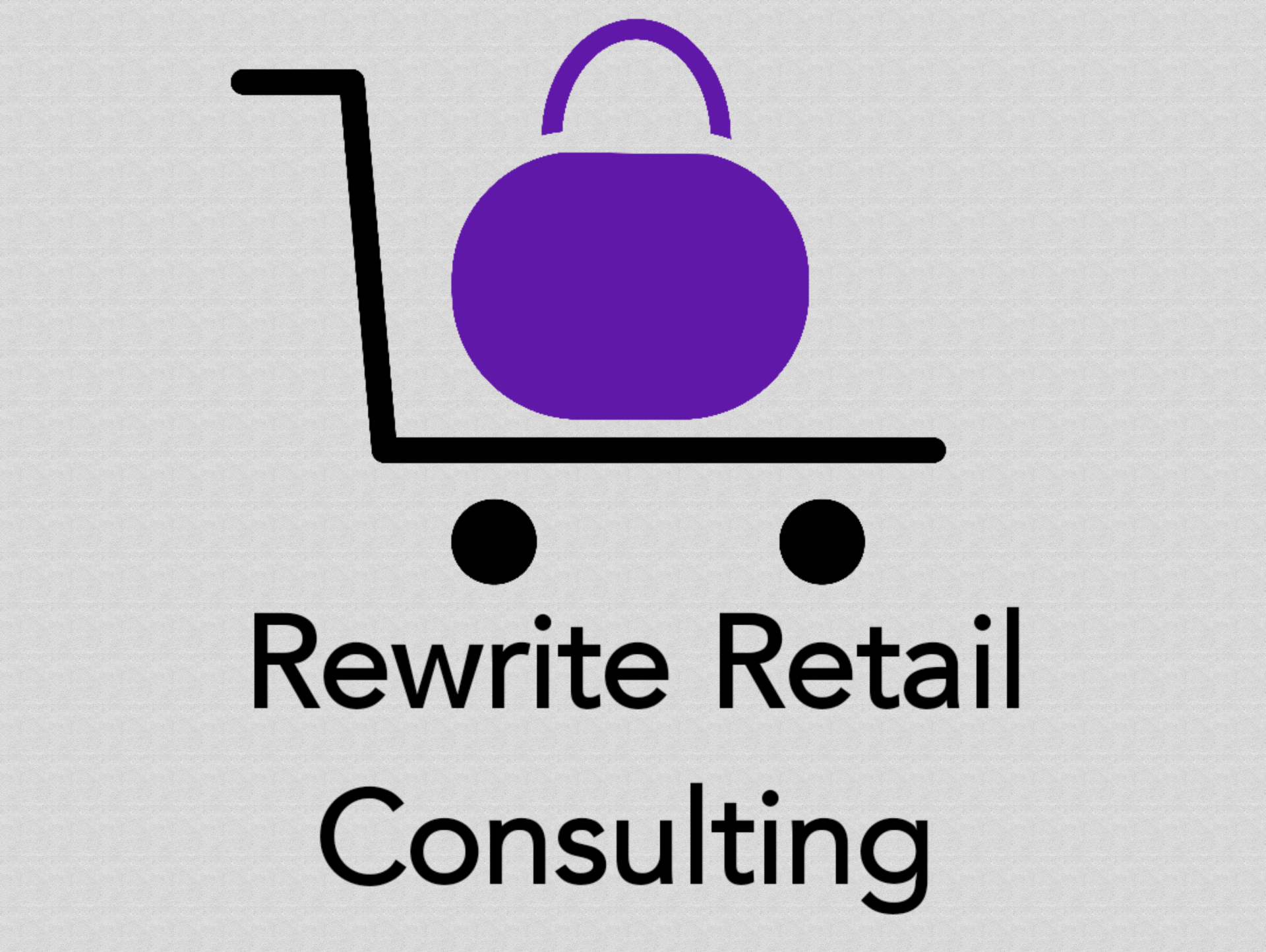Business Transformation - Top tips
Business transformations rarely fail due to the system implementations. More often than not they fail because of the lack of business readiness...lack of buy in, lack of training, not understand the need, stuck in the change curve in denial, and lack of control. Having led three major business transformations, I have the learnings and the scars!
The biggest tips I can give you are...............
Many transformation programmes hire great programme leaders, strong project managers and set up PMOs. What often gets overlooked is a professional communication expert, who specialises in transformation change.
Tip one: Hire a seasoned comms expert - However don't isolate them in the programme they must work with your internal comms team and HR teams. This is a business transformation programme. It must be owned by the business. The communication strategy should be agreed and signed off at the start of the programme, let the expert guide you, as each phase requires a different style and tempo of comms.Tip Two: Early engagement - It is critical to get the whole organisation to buy into the change. This means understanding "Why", "What" and most importantly "What does it mean for me".
Tip Three: Stakeholder management -A critical part of communication is managing all stakeholders. It is imperative that the key stakeholders buy in and understand how the change fits into the overall business strategy.
Control is critical
Without control, scope will creep, dependencies will get missed, risks will not be identified or understood, costs will escalate, and the business will not realise the benefits originally identified.
Tip Four: Strong Governance -One must put in place strong governance at the beginning of a programme. This should involve the key stakeholders and the decision makers. Hold them accountable on progress and importantly benefits realisation once the project has landed. The governance model can be varied by business, but it must provide regular transparency on progress, time, risks and costs.
Tip Five: Training. Training readiness should start at the beginning of a change programme, not left to the end as is sometimes the case. Process review and requirements gathering at the start of a programme should inform both the testing and training plan. Identify subject matter experts to help develop the training plan. If possible create a pilot so training is as real as it can be. Team members must know what to expect and what will be expected of them as and when new elements go live. Identify floor walkers for post go live, to help with the new ways of working. As with everything, learn feedback and continuous improvement.
Once a phase of a programme or a project has gone live, plan for a warranty period to support the business not just IT. Ensure there are regular health checks in place.
One final tip. Change always takes longer than you think. Plan for contingencies and then plan for a contingency for the contingency.


